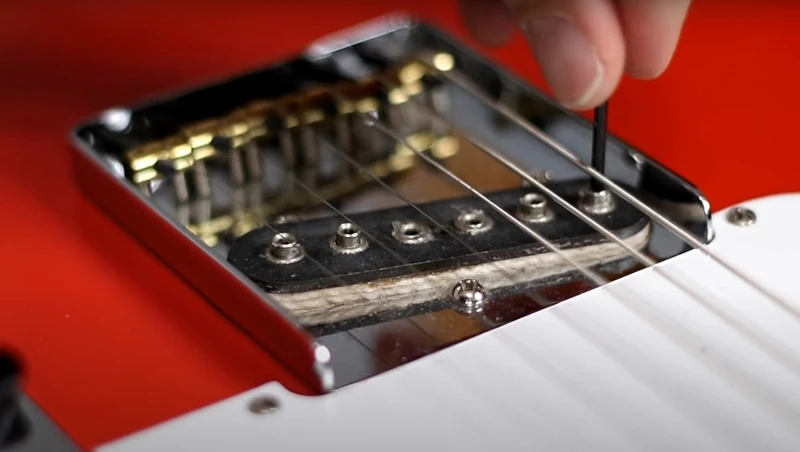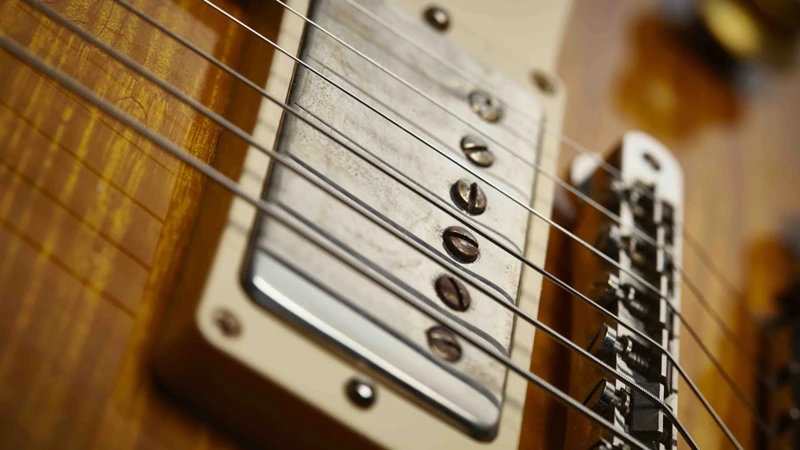When it comes to playing country music on the guitar, the right gear can make all the difference. One essential component for country guitarists is the pickups on their instrument. Pickups are the heart of an electric guitar’s tone, and choosing the right type can greatly impact the sound you produce. In recent years, active pickups have gained popularity among country guitarists for their clarity, dynamic range, and versatility. In this article, we will explore the benefits of active pickups for country guitarists and why they are becoming a go-to choice for many players in the genre.
What are Active Pickups?
Active pickups are a type of guitar pickup that require an external power source, usually a 9-volt battery, to operate. Unlike passive pickups, which rely solely on the vibrations of the guitar strings to generate a signal, active pickups use powered preamps to boost the signal before it reaches the amplifier. This results in a stronger, cleaner signal with less interference and noise, making active pickups ideal for genres like country music that require precision and articulation.
Benefits of Active Pickups for Country Guitarists
Enhanced Clarity and Definition
One of the main advantages of active pickups for country guitarists is their enhanced clarity and definition. The powered preamps in active pickups boost the signal from the guitar strings, resulting in a more detailed and articulate sound. This is particularly beneficial for country music, where clean, twangy tones are essential. Active pickups excel at capturing the nuances of fingerpicking and hybrid picking techniques, allowing for a more expressive and dynamic playing experience.
Extended Dynamic Range
Another key benefit of active pickups is their extended dynamic range. Active pickups have a higher output level than passive pickups, which means they can handle a wider range of volume levels without distorting. This is especially useful for country guitarists who often switch between soft, melodic passages and loud, aggressive solos. With active pickups, you can maintain clarity and definition across the entire dynamic spectrum, ensuring that every note rings out with precision and impact.
Low Noise and Interference
Active pickups are also known for their low noise and interference characteristics. The powered preamps in active pickups help to boost the signal while minimizing unwanted noise and hum. This is crucial for country guitarists who rely on clean tones and subtle nuances in their playing. With active pickups, you can achieve a pristine, noise-free sound even in high-gain settings, allowing your playing to shine through without any distractions.
Versatility and Flexibility
Active pickups offer a high degree of versatility and flexibility for country guitarists. Many active pickup systems come with built-in EQ controls that allow you to shape and tailor your tone to suit different playing styles and musical settings. Whether you prefer a classic twangy sound or a more modern, punchy tone, active pickups give you the tools to dial in your ideal sound with precision. Additionally, the high output level of active pickups makes them compatible with a wide range of effects pedals and signal processing gear, giving you endless creative possibilities to explore.
Long Battery Life
While active pickups require a 9-volt battery to operate, they are known for their long battery life. With proper battery management, a single 9-volt battery can last for months of regular playing before needing to be replaced. This reliability makes active pickups a practical choice for gigging musicians who need consistent performance without worrying about frequent battery changes. Additionally, many active pickup systems feature low-battery indicators to alert you when it’s time to swap out the battery, ensuring that you never run out of power unexpectedly.
Easy Installation and Maintenance
Despite their advanced technology, active pickups are relatively easy to install and maintain. Most active pickup systems come with clear installation instructions and require minimal soldering or modification to your guitar. Once installed, active pickups require little maintenance beyond changing the 9-volt battery periodically. This convenience makes active pickups a hassle-free option for guitarists who want to upgrade their tone without the complexities of extensive modifications.
Compatibility with Modern Amplification
Active pickups are well-suited for modern amplification systems and recording setups. The boosted signal from active pickups ensures that your tone remains consistent and clear, even when running through complex signal chains or digital effects processors. This compatibility with modern technology makes active pickups a popular choice for country guitarists who want to take advantage of the latest sound reinforcement and recording tools available. Whether you’re playing live on stage or tracking in the studio, active pickups deliver a reliable and professional sound that translates seamlessly across different platforms.
Looking to enhance your country guitar sound? Check out our articles on tube amps for country guitarists, budget pedals for country guitar, and essential guitar exercises for country musicians to take your playing to the next level. And don’t forget to protect your acoustic guitar with humidifiers and improve your technique with hybrid picking exercises for acoustic guitarists!
Conclusion
In conclusion, active pickups are a game-changer for country guitarists looking to elevate their tone and performance. With enhanced clarity, extended dynamic range, low noise, and versatile tone-shaping capabilities, active pickups offer a range of benefits that cater to the specific demands of country music. Whether you’re a traditionalist seeking classic twang or a modern player exploring new sonic territories, active pickups provide the tools you need to express yourself with precision and power. Consider upgrading to active pickups for your country guitar and discover the difference they can make in your playing experience.



